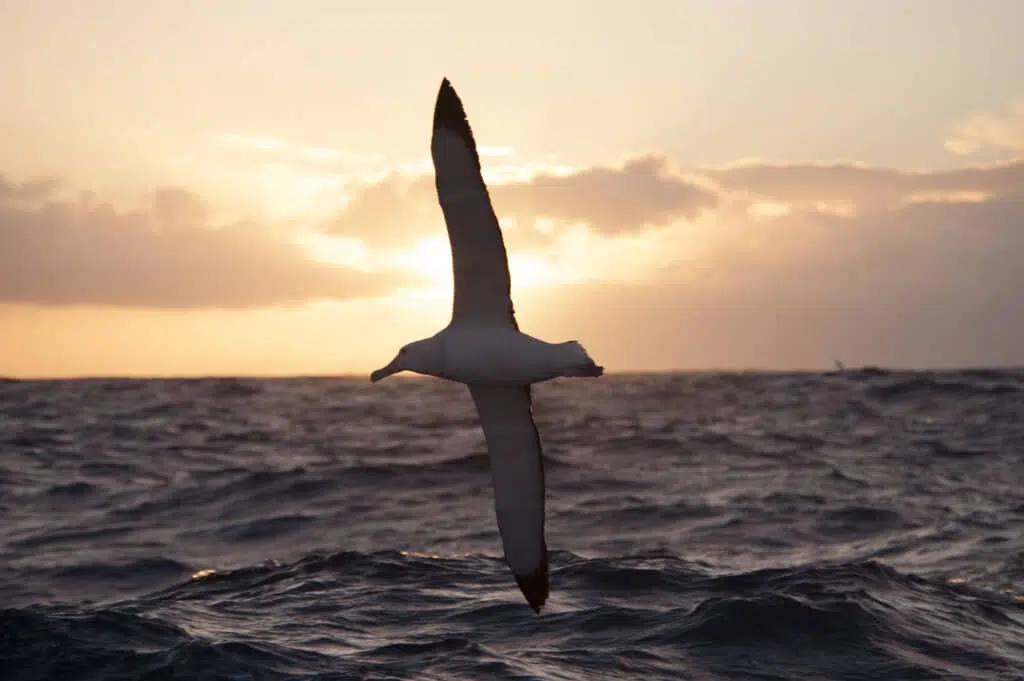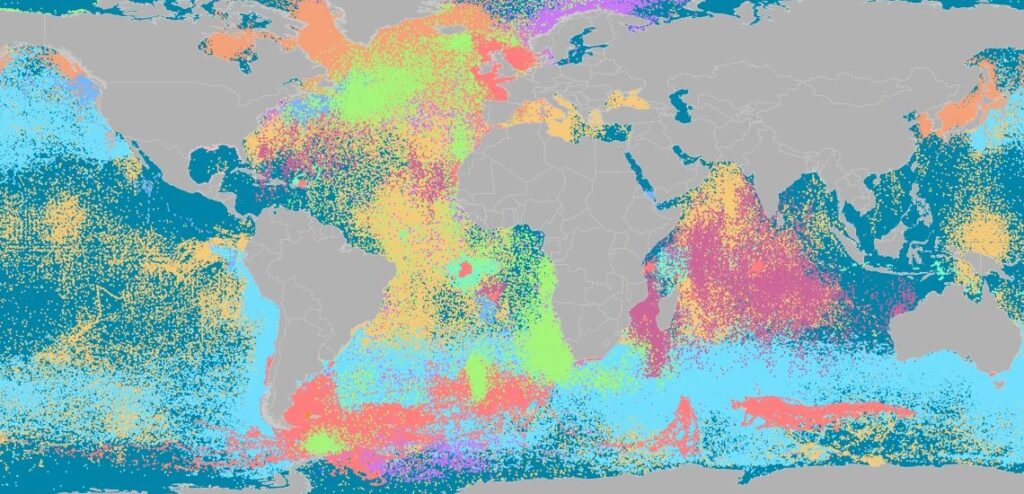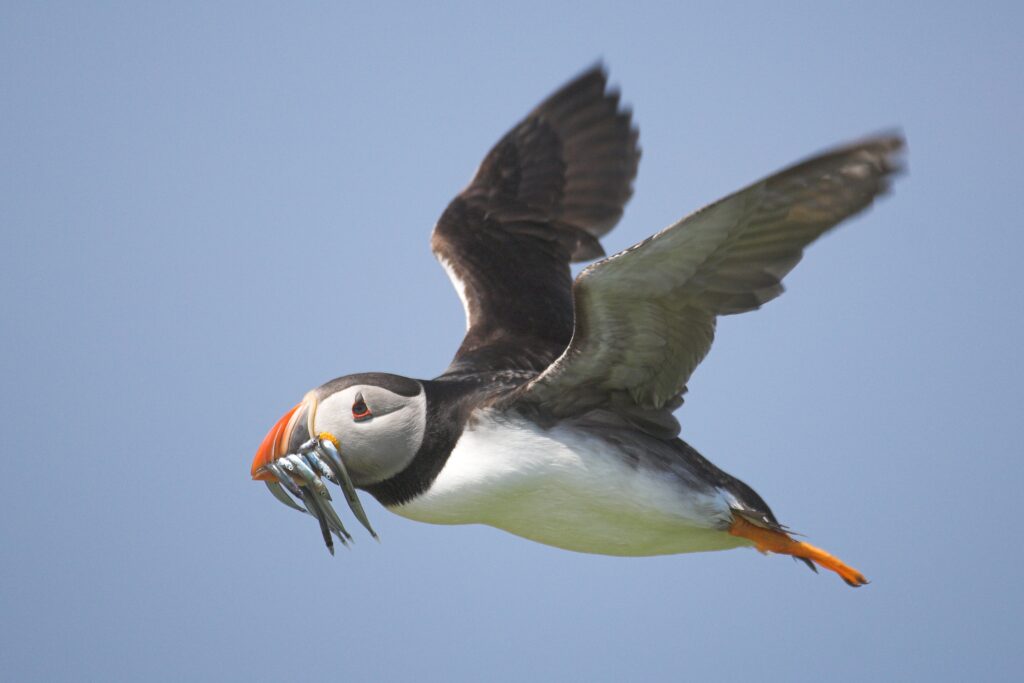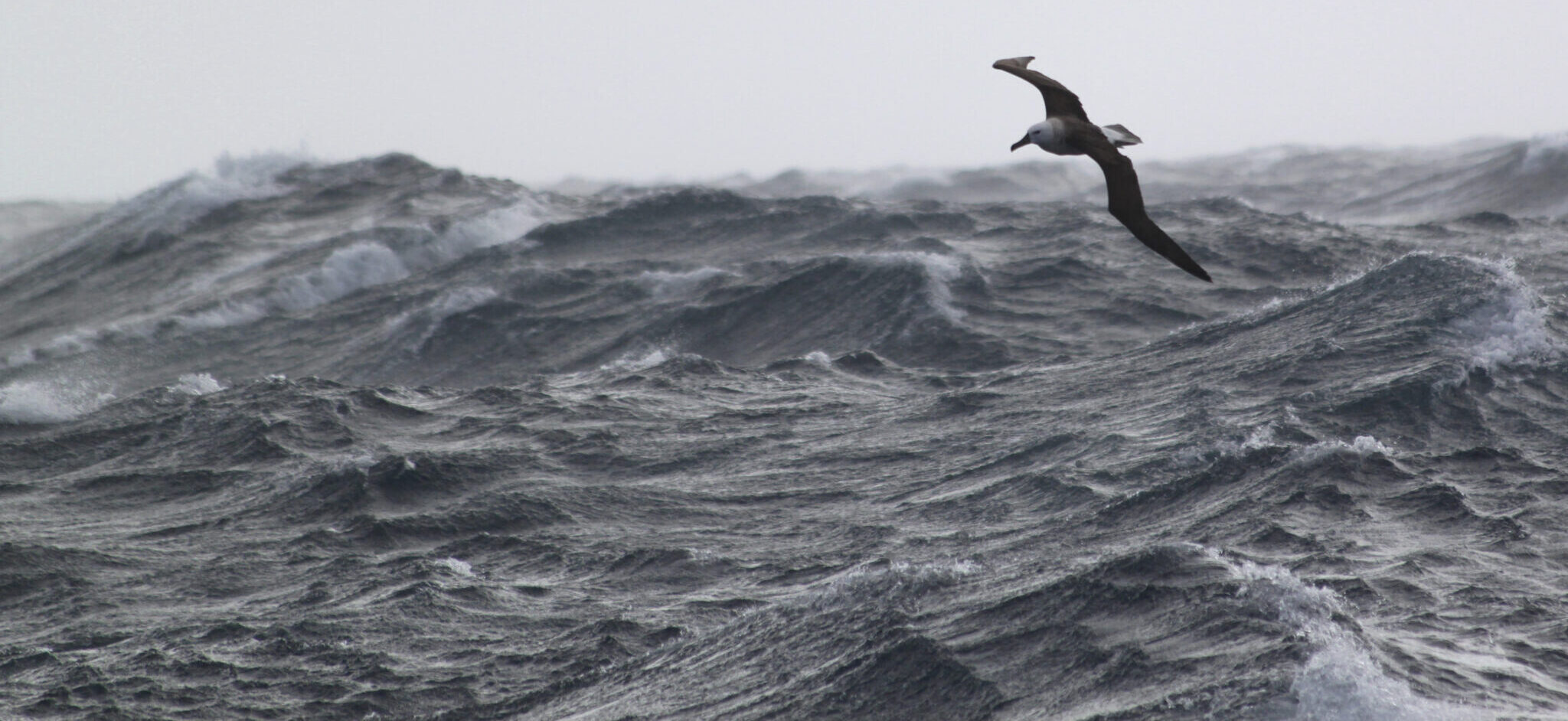Seabirds are in peril, having declined by at least 70% over the last 50 years. Whether working onboard fishing vessels to introduce bird-friendly fishing techniques or pushing for the most important sites for seabirds to be protected, the BirdLife International Marine Programme is at the forefront of turning this dire situation around.
From Wandering Albatrosses soaring gracefully over the high seas to King Penguins diving to immense depths in search of their next meal, and Northern Gannets nesting on steep cliff faces towering over remote islands, birds can be found across much of the marine environment.
However, the deterioration in ocean health has also been mirrored in many seabird populations, and they are now considered one of the most threatened groups in the avian world.

Seabirds are some of earth’s most well-known, and awe-inspiring species. The Arctic Tern migrates a staggering 80,000km every year, making this pole-to-pole journey, connecting people and oceans, the perfect symbol of the global BirdLife partnership!
One in three seabird species are threatened with extinction…
And nearly half have declining populations. This dire situation is all the more worrying given that steep population declines have been seen across nearly all corners of the ocean, and once common species have quickly risen through the ranks of IUCN threat categories.
Seabirds face a range of threats, both on land and at sea. BirdLife-led research identified the top three driving population declines: incidental bycatch in fisheries; invasive species, which have decimated the populations of some species that nest on remote islands; and climate change, with the increasing prevalence and intensities of storms wiping out colonies, while warming sea temperatures are also derailing food sources. Other threats include pollution, hunting, human disturbance at colonies, and overfishing (i.e. removal of seabirds prey).
BirdLife’s marine team works to improve the conservation status of global seabird populations, using an evidence-based approach to inform local to global actions, from the delivery of grass-roots conservation action via the BirdLife Partnership, to advocating for action within international environmental agreements.
This includes identifying and advocating for the protection of important sites, as well as working onboard fishing vessels to introduce a range of bycatch mitigation techniques.
Putting Seabirds on the Map!
As with all of BirdLife’s work, rigorous scientific evidence forms the backbone of our marine programme’s conservation efforts. However, the wide-ranging nature of many seabirds, who often journey thousands of kilometres across the remote high seas, makes collecting this data – and in turn, putting conservation measures in place – challenging.
Advances in marine tracking technology have seen this emerge as a particularly useful tool for understanding seabird behaviour, and in 2004 our marine programme established its Seabird Tracking Database to help compile this information, initially focused on albatross and petrels.
Our Seabird Tracking Database has been used to track over 40,000 birds from an astonishing 153 species. All thanks to contributions from over 270 Scientists- making it one of the largest marine collaborations in the world!

This tracking data has been vital to support an array of work undertaken by BirdLife’s marine team. For example, seabird tracking data combined with spatial fishing activity data, through a collaboration with Global Fishing Watch, has been used to identify where seabirds encounter fisheries and where they are most at risk of bycatch, therefore allowing us to target our advocacy work where it will have the most impact.
Meanwhile, tracking data have also been used to identify numerous Important Bird and Biodiversity Areas (IBAs), highlighting the most important sites for an array of seabird species, from petrels in West Africa to penguins off the Antarctic peninsula.
These IBAs are more than just points on a map – they are critical to pushing for the most important areas for nature to be protected. A case in point is the North Atlantic Current and Evlanov Seabasin (NACES), which was identified as an IBA following a huge collaborative effort led by BirdLife’s Marine Programme. Tracking data from 21 seabird species revealed the area is used by 2.9–5 million seabirds every year, making this one of the most important concentrations of migratory seabirds in the Atlantic Ocean. It has since been designated as a Marine Protected Area by the OSPAR Commission, the first of its kind to be designated in the high seas based on tracking data.


